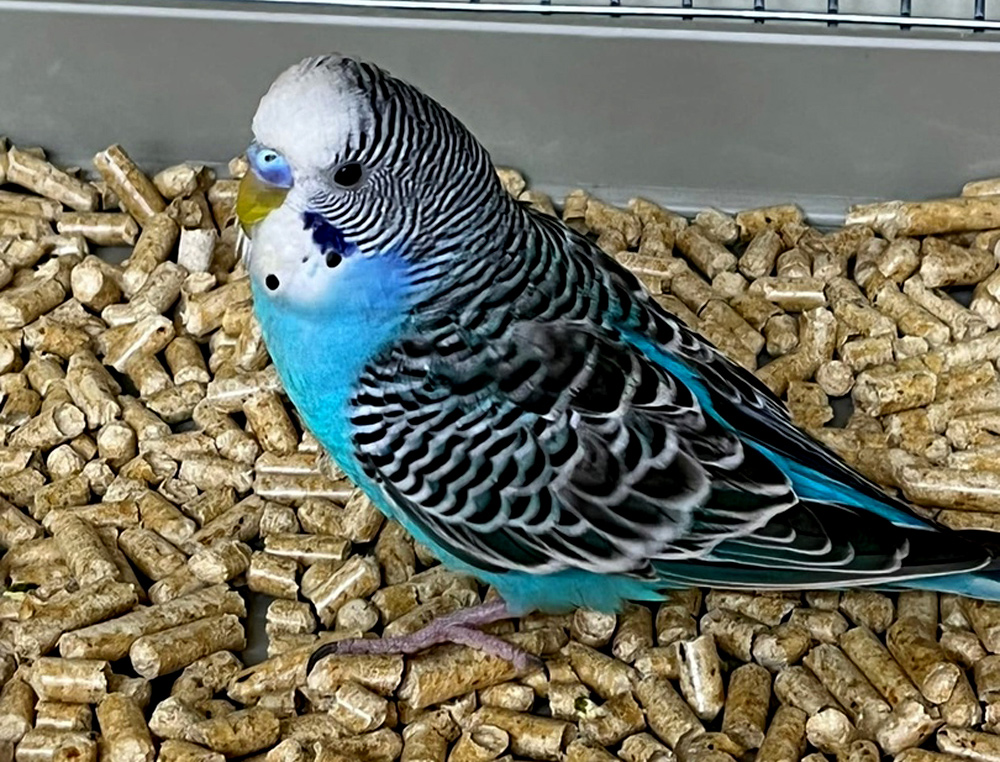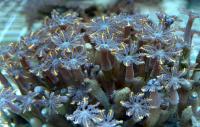Lowest cost and easiest way to eliminate green hair, bubble, turf and slime algae from your aquarium (hopefully permanently).
Автор:
SantaMonicaHelp, в Общие вопросы по гидрохимии, качеству воды и водоподготовке для морского аквариума
Рекомендуемые сообщения
Пожалуйста, авторизуйтесь, чтобы оставить комментарий
Вы сможете оставлять комментарии после авторизации
Войти




 Волнистые попугаи - некрупные птички размером до 20 см, есть более крупная линия – так называемые чехи. Окрасы волнистиков могут быть совершенно разнообразны, кроме, пожалуй, чёрного и красного окраса. Белые, желтые, синие, зеленые (природный цвет волнистиков), фиолетовые тона в чистом виде и в различных сочетаниях представляют собой окрас этого попугая. В неволе они живут достаточно долго, до 20 лет.
Волнистые попугаи - некрупные птички размером до 20 см, есть более крупная линия – так называемые чехи. Окрасы волнистиков могут быть совершенно разнообразны, кроме, пожалуй, чёрного и красного окраса. Белые, желтые, синие, зеленые (природный цвет волнистиков), фиолетовые тона в чистом виде и в различных сочетаниях представляют собой окрас этого попугая. В неволе они живут достаточно долго, до 20 лет. 